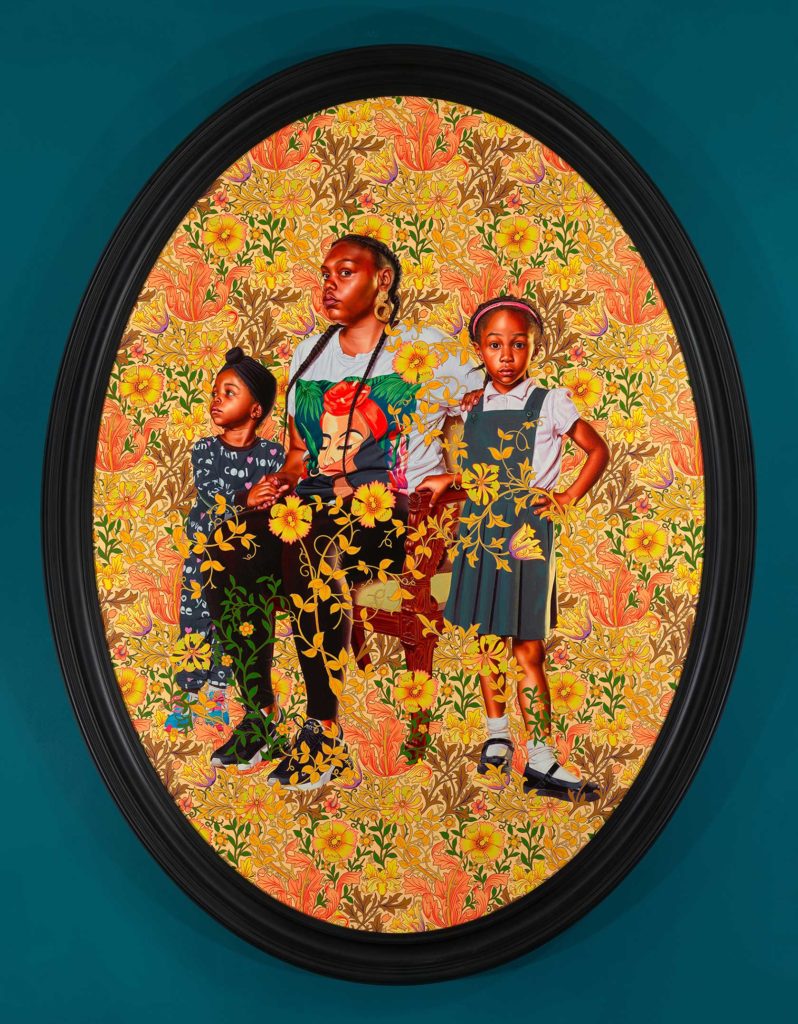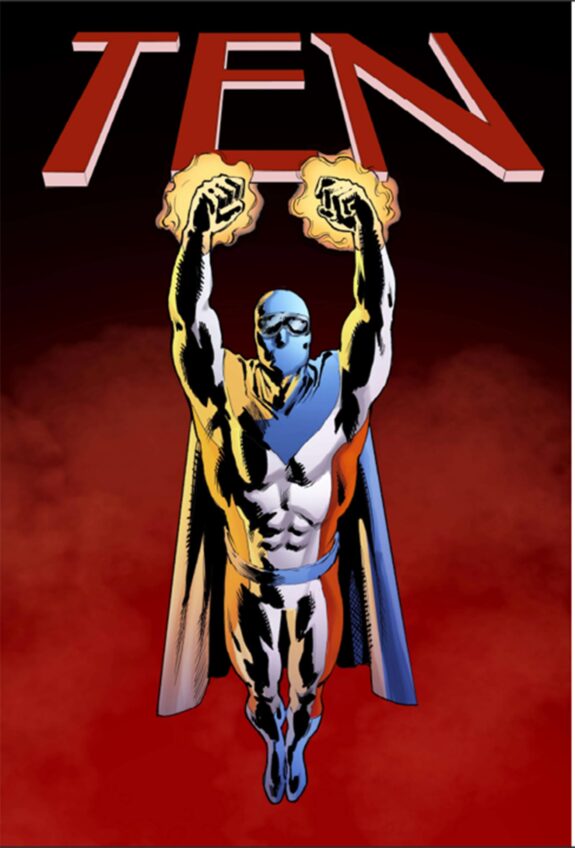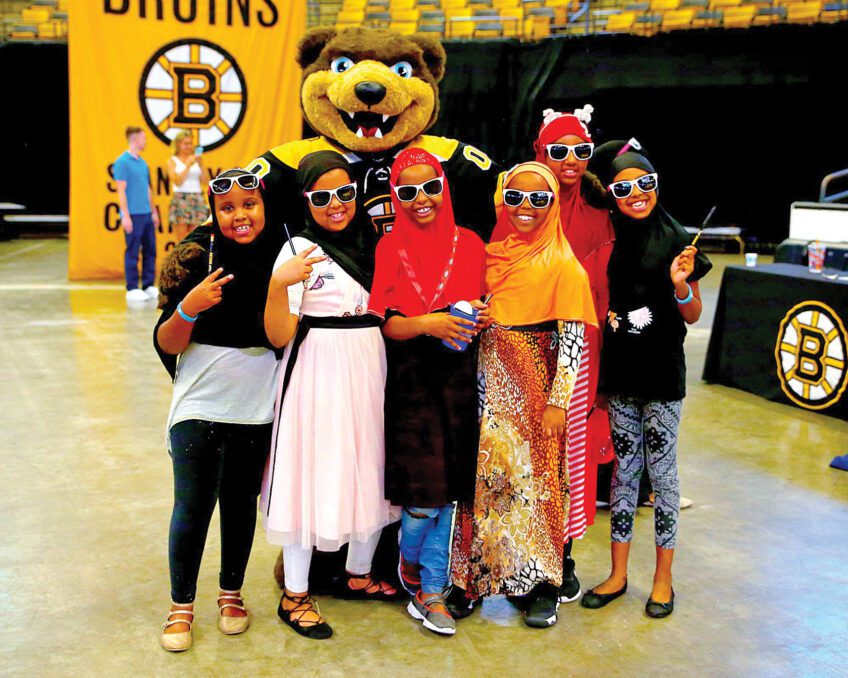‘ReFrame’ — Harvard Art Museums launches project to diversify offerings

Harvard Art Museums launched the initial phase of their “ReFrame” project on Sept. 4. “ReFrame” aims to examine the purpose of a local and global art museum and how to use that platform to tell the most inclusive stories possible. With new acquisitions and a remix of the exhibition space, the museum will aim to showcase a more diverse group of artists.
“The initial conversations rose out of the turmoil that we all experienced at the end of last spring and into the summer with George Floyd’s murder and subsequent hard conversations about race in America and globally,” says Soyoung Lee, Landon and Lavinia Clay chief curator at Harvard Art Museums. “In what ways can we contribute not only to culture but to larger conversations?”
The idea of a “ReFrame” of cultural context stemmed from Makeda Best, the Richard L. Menschel curator of photography.
In this first phase of the initiative, several of the works visitors will encounter immediately upon entering the museums have been rehung to represent artists of color. Kehinde Wiley’s piece “Portrait of Asia-Imani, Gabriella-Esnae, and Kaya Palmer” greets viewers immediately upon entering the Fogg Museum. It replaces a Max Beckman triptych with a similar vibrance and energy. Lee says Wiley is one of the artists most asked for by students, and though this piece is a temporary two-year loan, the energy is a perfect first look at the museum’s offerings.
Kerry James Marshall’s “Untitled,” which is believed to be a self-portrait, also sits at the entrance to the museum. Here, viewers get insight into an artist at work, not just the results of his labor.
Although contemporary art has a plethora of diverse perspectives to consider, part of the “ReFrame” initiative is re-evaluating art from all periods. Lee says, “It shouldn’t just be about contemporary art and contemporary issues. How do we take the concerns of today and bring them in with art from all periods?”
In the spring, Harvard Art Museums will launch a show featuring the Brandywine Workshop, a group that’s known for creating opportunities for artists of color who weren’t already working in print mediums. This is another step in the “ReFrame” process. Inclusivity has become paramount in museums’ minds in the past two years. For Harvard Art Museums, there’s an additional challenge of being thought of as a museum solely for Harvard University, which is not the case.
It will take time to make the changes needed in the space, but Lee and the rest of the team are committed.
“What we decided for the reopening is that we wanted ‘ReFrame’ not to be a one-time temporary thing. We envisioned it as a multi-year project,” says Lee. “What’s the point of a museum if you can’t welcome people into the space?”







